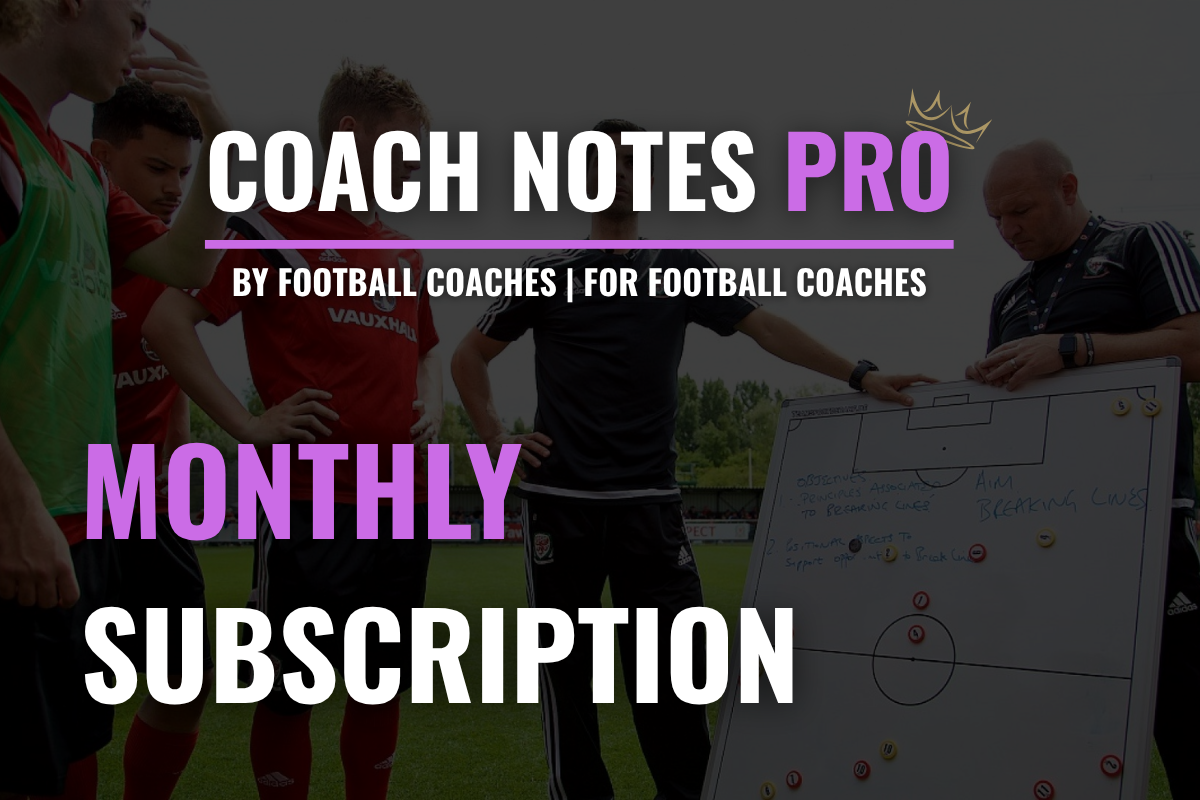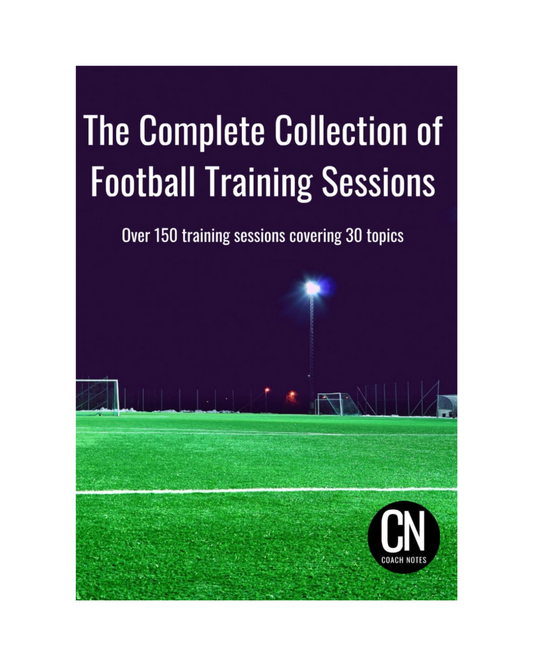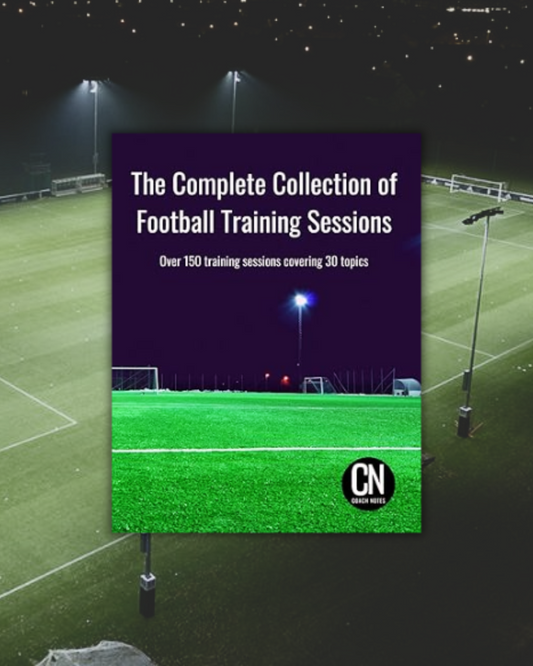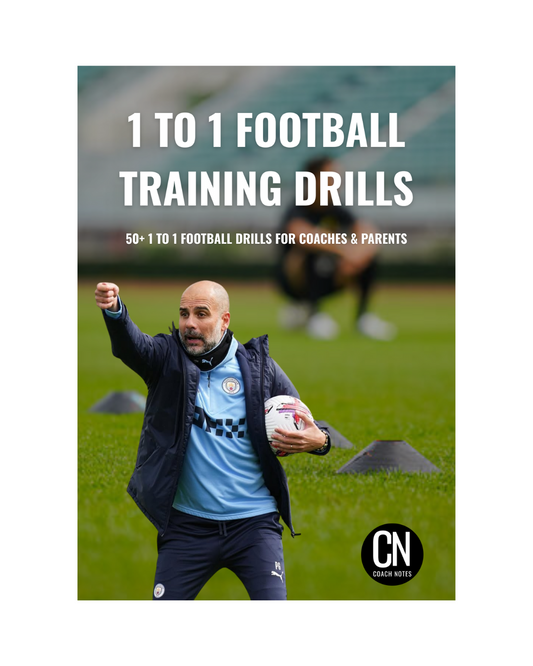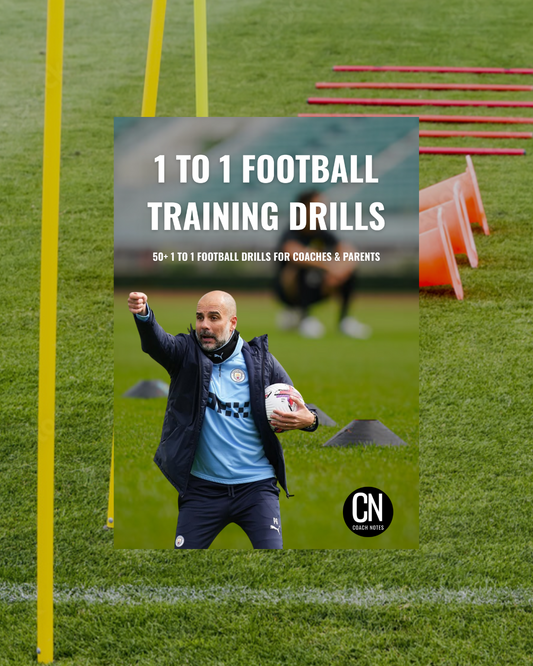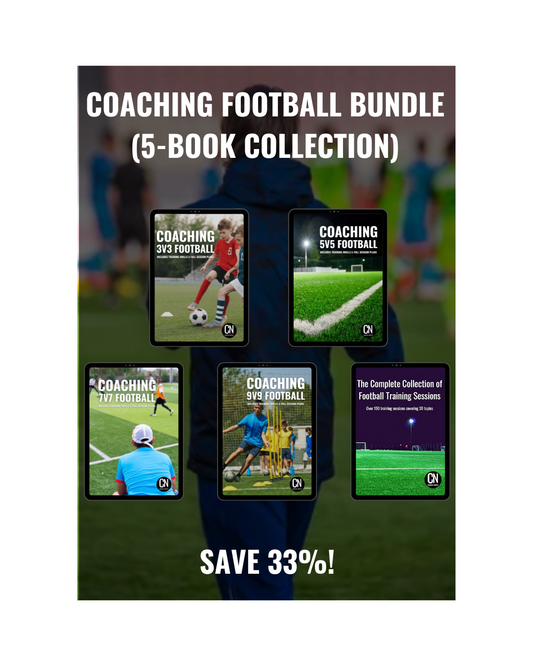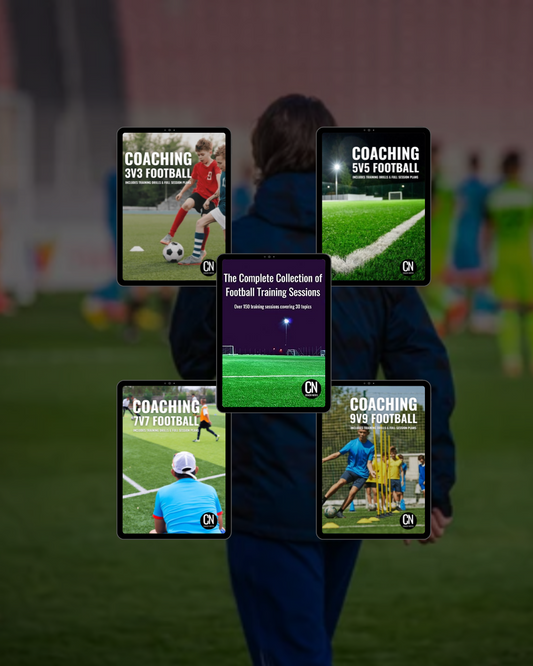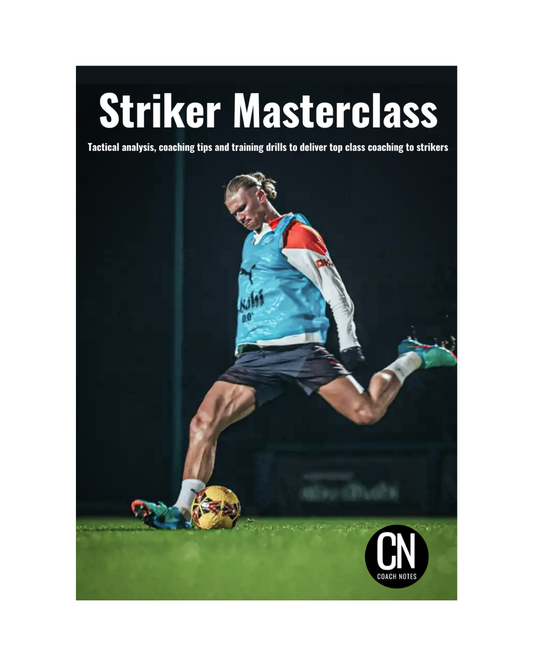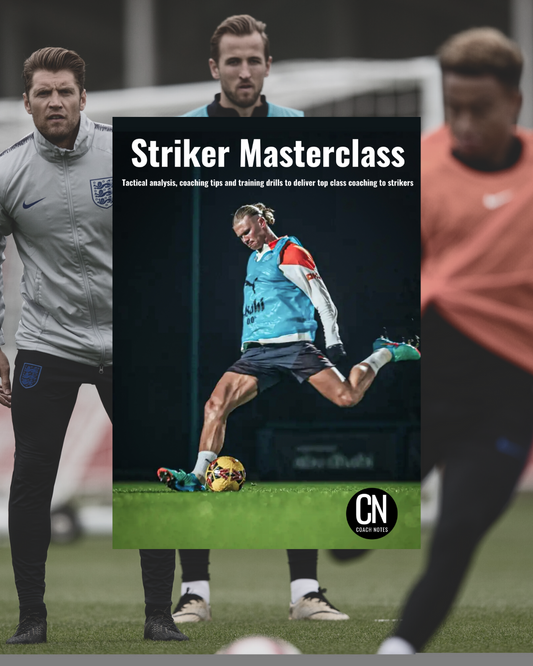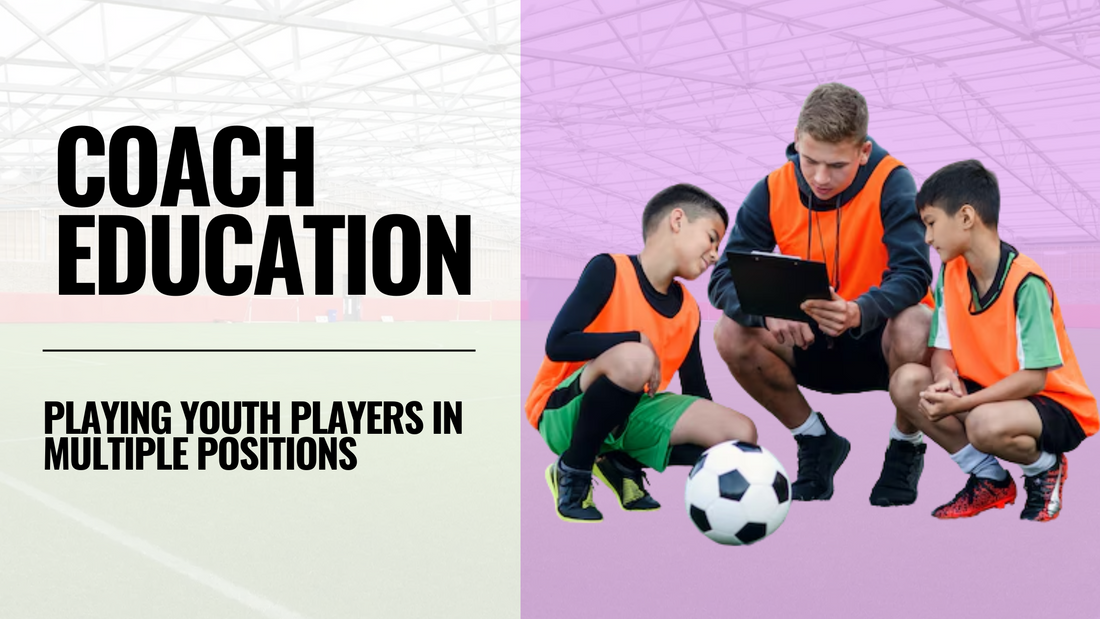
Why Playing Youth Players Across Multiple Positions is Important
Share
One of the most impactful approaches you can take in this developmental phase is to rotate players through a range of positions. Doing so doesn’t just create more versatile footballers, it shapes more intelligent footballers.
🧠 Developing Understanding Through Experience
When young players are exposed to various positions on the pitch, they begin to understand the unique demands of each role. For example, a winger who has spent time at full-back learns what kind of support their defender needs. A striker who has experienced playing as a centre-back begins to grasp how and why defenders shape their body, delay attacks, and communicate with the goalkeeper.
This insight becomes invaluable as players mature. By the time they reach the age of 12 or 13 when it may be time to specialise they are not just playing their position, but understanding how to link up with teammates around them. Just as importantly, they can better anticipate and counteract the opposition.
⚽️ Adapting to Growth and Development
Children grow and develop at different rates. A player who is small and technical at U9 might develop into a physically dominant presence by U15. Without varied positional exposure, that player may never realise that their new physique could make them an outstanding centre-back, box-to-box midfielder, or even a goalkeeper.
Imagine this scenario: A technically excellent player, 6’4 by the age of 15, who spent years playing as a winger or attacking midfielder. Their time in those roles helped them refine their close control, passing under pressure, and decision-making in tight areas. When transitioned to centre-back, they bring a calmness and ball-playing ability that suits the demands of the modern game, a "Rolls Royce" defender, not just a destroyer.
Had that player been locked into one position from the age of six, their potential would have been narrowed. Instead, they now possess the foundation to thrive in any system, across multiple tactical structures.
🔁 All-Round Skill Development
Each position offers unique technical and tactical lessons:
- Goalkeepers improve communication and build-up play understanding.
- Defenders learn composure, positioning, and timing.
- Midfielders enhance scanning, awareness, and spatial control.
- Attackers sharpen timing of movement and decision-making in transition.
By moving through these positions, players gather a broad technical toolset and learn how the game is connected. They become players who see the bigger picture not just their job, but the jobs of those around them.
🎯 When To Specialise
Of course, there comes a time to specialise. Around age 12 to 13, once players have a stronger grasp of the game's tactical side and their physical development begins to stabilise, this is an ideal time to begin focusing on one or two roles that best suit their evolving profile.
By this point, a player who has experienced multiple positions has a far deeper understanding of what the game demands. They settle into their preferred role not with tunnel vision, but with a panoramic view.
🧩 Takeaways for Coaches
- Rotate roles regularly in training and small-sided games (5v5, 7v7, 9v9 formats).
- Design sessions that encourage players to make decisions in a range of positions.
- Encourage reflection: ask players what they noticed or found challenging when playing new roles.
- Avoid position pigeonholing at early ages prioritise skill and game understanding over short-term positional success.
- Track changes in physical development and match it with role exploration.
💭 Final Thought
Playing in multiple positions is not about producing "jacks of all trades". It’s about producing smarter, more adaptable players who understand the game holistically. As a coach, you’re not just shaping what a player does now you’re unlocking what they could become.

